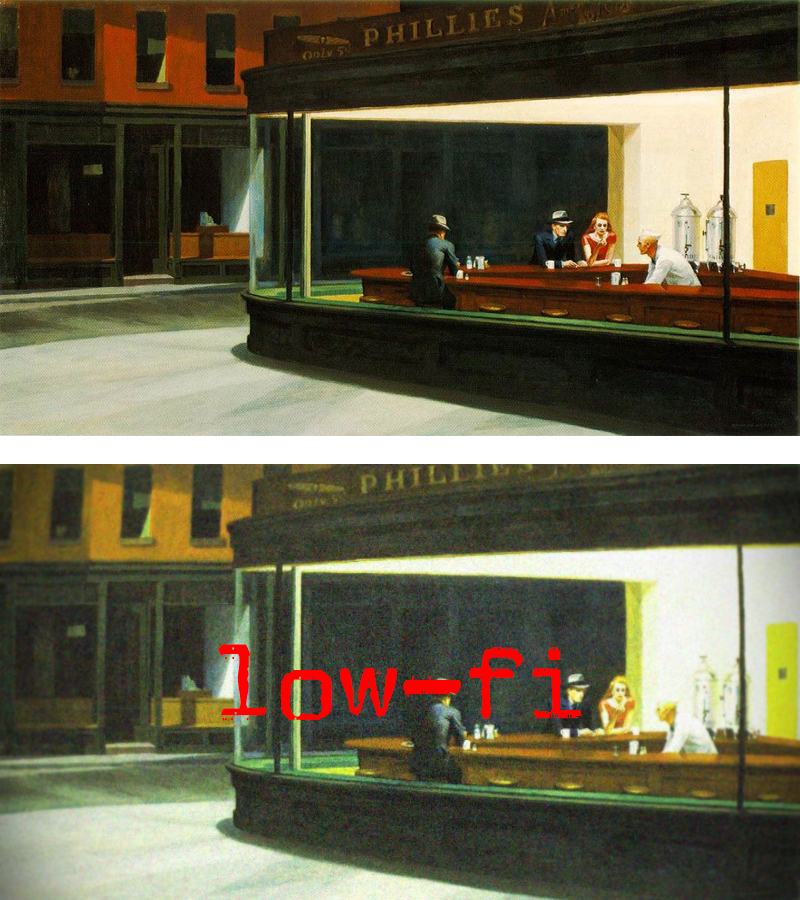I agree with this. The very first experiments in psychology in Germany were about perception, and established that humans have very finely tuned auditory perception. If you've ever played in an orchestra you'll know how important micro-details are. Tuning, tone, relative volume are all fundamentals of performance. Orchestral musicians pay thousands and thousands for their instruments, and that's all about micro variance in tone. Flat frequency response is a technical requirement, but since the majority of the musical instrument ranges are well within the scope of a good hi-fi system, "realism" as in "sounds as close as possible to live acoustic instruments" is more a matter of tone and tonality. Yes, a bad audio engineer can compromise the live sounds, but it's usually pretty clear which are the good recordings. You have to put some trust in the major labels to use competent engineers, and some like Jan-Erik Kongshaug for ECM are/were superbly gifted. He was an excellent guitarist and understood live sound very well.


